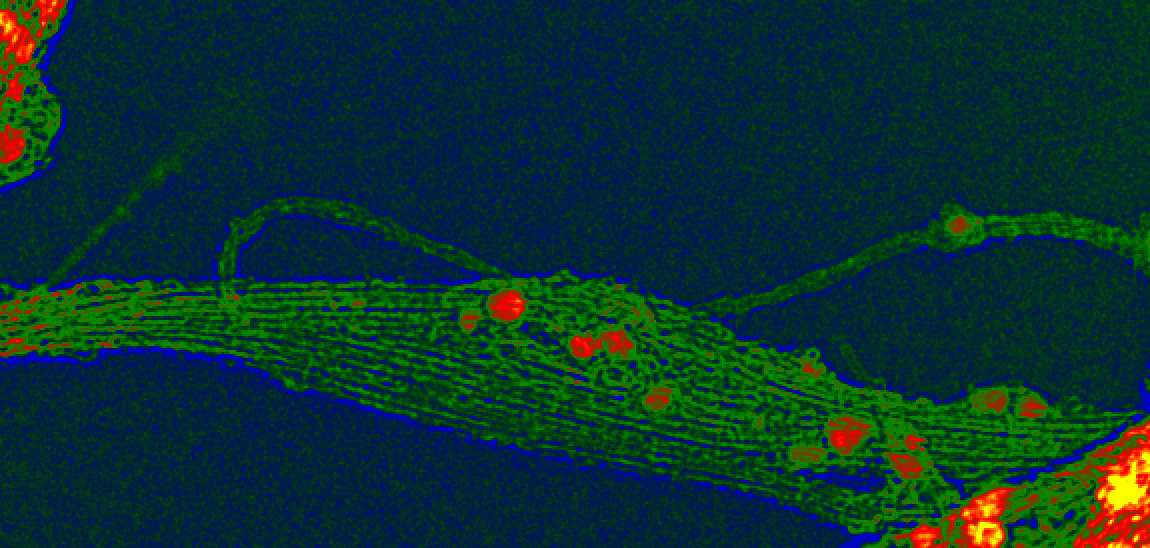In September 2008, the blog 2020 Science was born. The intent was to write about how science and technology can be used most effectively in the service of society.
At the time I was science advisor to the Woodrow Wilson Center-based Project on Emerging Nanotechnologies, and I found myself increasingly interested in and concerned by the complex dynamic between society and emerging technologies. Little did I suspect then though that, as we entered the year 2020, 2020 Science would still be around.
Of course, things have evolved over the years. I’m now Associate Director for Faculty in the Arizona State University School for the Future of Innovation in Society, I have a popular science and technology book behind me, and another one on the way, and I focus most of my public writing in places like Medium OneZero, Slate, and The Conversation. Yet the blog is still here, although it’s more of an archive than a going concern. And I still use 2020 Science as my Twitter handle.
Back in September 2008, the questions that were uppermost in my mind as I launched the blog included:
- Does the current way that we “do science” give us a good return on the investment?
- How is cool science best translated into constructive technologies?
- How are the potential downsides of emerging technologies best dealt with?
- What role should citizens, industry, government and (of course) academics play in determining the future course of science and technology?
- How do you engage everyday people in science?
- And just as importantly: How do you engage scientists in society?
These are still highly relevant questions. Yet over the past decade, the landscape around emerging science and technology has shifted markedly, and the challenges and opportunities have evolved and morphed as a result.
Over the coming decade, we’re going to be facing an increasingly complex web of challenges at the nexus of science, technology and society that will make those early days of nanotechnology that formed the bedrock of 2020 Science pale by comparison — gene editing, AI, ubiquitous surveillance, advanced human enhancement, and a growing convergence between material, biological and cyber technologies, to name but a few. As a result, the questions that inform responsible and beneficial science and technology in 2020 and beyond are going to be somewhat different to those that guided meg back in 2008.
For instance:
- How do we get a handle on the unintended consequences of emerging technologies, and successfully navigate them?
- How do ordinary people, and those who are marginalized and sidelined, have a voice in where tech innovation is going and how it impacts them?
- What are the potential consequences of converging “base-code” technologies at the intersections of materials-, bio- and cyber-tech?
- How do we put people back at the center of responsible and beneficial innovation?
- What are the dangers of overhyping the promise and perils of emerging technologies, and how do we inoculate ourselves against the hype?
- What are the emerging trends have the ability to profoundly disrupt our lives, and yet are slipping under the radar?
- Where can people turn for understandable, trustworthy and balanced insights on both the challenges as well as the promise of emerging science and technology? And
- How can we build a better, more sustainable future for as many as possible through socially responsible and responsive innovation?
Sadly, and somewhat ironically, I won’t be diving into these on the 2020 Science blog — this platform has run its course, and my engagement and communications work has expanded far beyond it. But these and similar questions will be guiding my books, articles and work more broadly in 2020 and beyond.
So as we usher in the year that 2020 Science took its name from (in part at least), give a thought to the increasingly complex challenges of getting science and technology right in the service of society. And as you do, be sure to stay in touch with my musings on Twitter, Medium and elsewhere — including my forthcoming book Future Rising.
Happy 2020!
____________
Header image: A false color transmission electron micrograph of single walled carbon nanotubes produced using the HIPCO process, from my research on nanotube exposure around 2004

